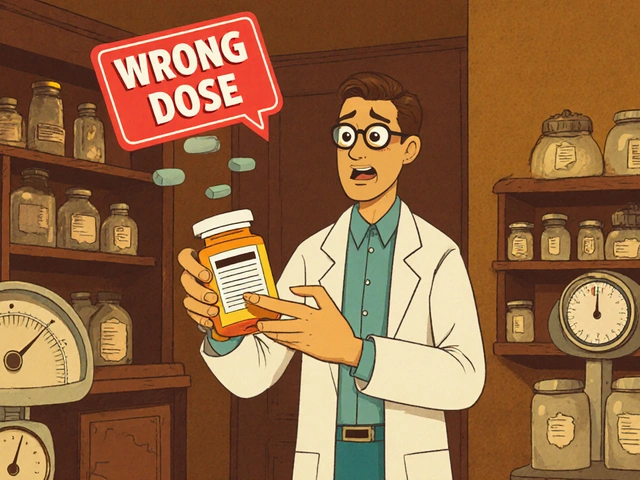Antihistamines: What They Are and How They Help You Breathe Easy
Ever wonder why a single pill can calm sneezing, itchy eyes, and runny nose? That’s an antihistamine at work. It blocks histamine, the chemical your body releases when it meets an allergen. The result? Less inflammation and fewer allergy symptoms, fast.
How Antihistamines Work in Your Body
When pollen, pet dander, or a food trigger your immune system, it releases histamine. Histamine binds to receptors in your nose, eyes, and throat, causing the classic allergy annoyances. Antihistamines are designed to sit on those receptors and say, “Not today.” By doing that, they stop the chain reaction that leads to itching, swelling, and mucus.
There are two main families: first‑generation antihistamines like diphenhydramine (Benadryl) and second‑generation ones such as cetirizine (Zyrtec) or loratadine (Claritin). First‑generations can make you drowsy because they cross the brain barrier, while the newer ones stay out of the brain, keeping you alert.
Choosing the Right Antihistamine for You
Picking an antihistamine isn’t a one‑size‑fits‑all decision. If you need relief at night or can tolerate a little sleepiness, a first‑generation option might work fine. For daytime use, especially if you drive or operate machinery, a second‑generation product is usually safer.
Consider how quickly you need relief. Some antihistamines start working within 15‑30 minutes, while others may take an hour. Look at the dosing schedule too—once‑daily pills are convenient, but some people prefer a twice‑daily routine for steady control.
Don’t forget about special situations. Pregnant or breastfeeding moms should check with a healthcare provider before starting any antihistamine. Kids under 2 need pediatric‑specific formulations, and people with liver or kidney issues may require dosage adjustments.
Side effects are usually mild but worth knowing. Drowsiness, dry mouth, and a slightly blurry vision are common with older drugs. Newer antihistamines can cause headache or mild stomach upset, but they rarely knock you out.
When you shop for an antihistamine, read the label carefully. Look for “non‑drowsy” if you need to stay sharp, and verify the active ingredient if you’ve tried one before. Many stores also carry combination products that add a decongestant; those can be handy for sinus pressure, but they may raise blood pressure.
In short, antihistamines are a simple, effective tool against allergy misery. Know the type, match it to your lifestyle, and keep an eye on any side effects. With the right choice, you’ll spend less time sneezing and more time enjoying the day.
Antihistamines and Dementia Risk: What You Need to Know About Long-Term Use
First-generation antihistamines like Benadryl may increase dementia risk in older adults due to anticholinergic effects. Learn which drugs to avoid, safer alternatives, and what the latest science says.
Top 5 Seasonal Allergy Myths Debunked: Facts, Treatments, and UK Pollen Tips
Tired of sneezing at bad advice? We bust the top 5 seasonal allergy myths with UK facts, proven treatments, and simple daily tactics to breathe easier.






